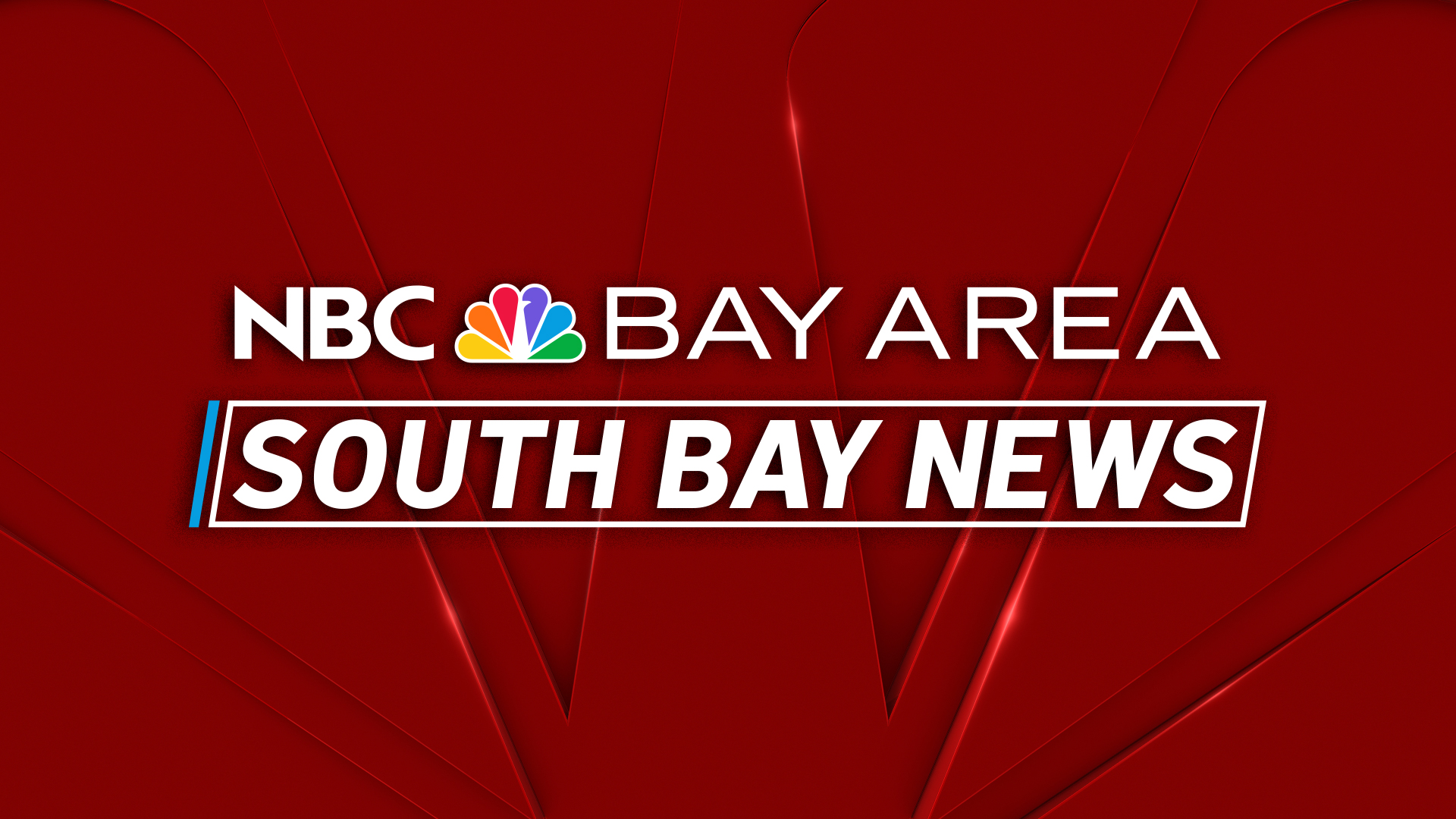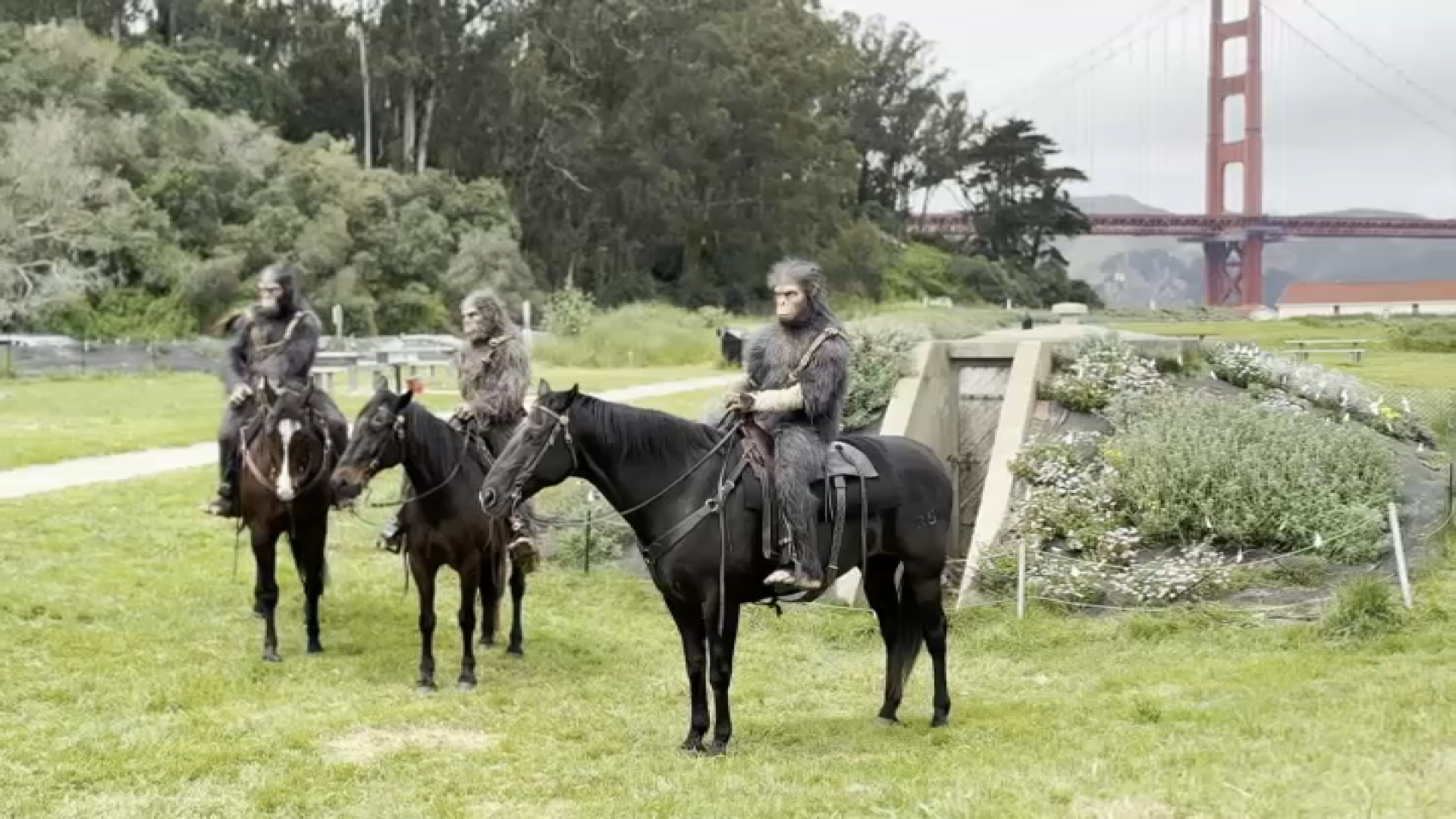While the rest of the world slips on groovy sunglasses, floppy hats and hippy ware to remember the music of the Summer of Love, Peter McQuaid is launching a new museum in San Francisco to celebrate the poster art movement that blossomed around the same time.
The Haight Street Art Center will open its doors on July 1st — as a destination for the past and future of the poster art genre that shined a dayglow spotlight on artists like Stanley Mouse, Wes Wilson and Lee Conklin.
“It’s been often overlooked by traditional art museums or galleries,” said McQuaid, reclining in the building’s vast upper-level art studio. “It’s viewed upon being commercial which it is — but it’s still tremendous artwork.”
The 12,000 square foot former college building housing the center on Haight and Laguna Streets is anchored by a massive bronze bunny by artist Jeremy Fish which sits out front.
Inside, free-to-the-public galleries are lined with brightly-colored posters advertising concerts and gatherings for quintessential sixties artists like Joan Baez, Jefferson Airplane and the Grateful Dead. The walls of the building’s stairway are covered with a solid blanket of modern psychedelic posters for the band Moonalice.
“The way I see it, that art blossomed out of a counter-cultural movement,” McQuaid explained. “It was a group of people that were committed to change.”
Artist Stanley Mouse strolled into the center on a recent day, lugging one of his classic 60s-era posters to show McQuaid. Mouse created the Grateful Dead’s iconic skeleton and roses for a poster — a motif that would go on to adorn everything from t-shirts to cigarette lighters. His poster for the Human Be-in with an Indian man ensconced in a purple triangle is considered one of the iconic images of the era.
Local
“Before the posters advertising was something you’re supposed to grasp in two seconds,” Mouse said. “It became more of an experience to read the poster.”
During the late sixties, band posters evolved from pictures of musicians standing in front of a wall with succinct show information - to full-blown psychedelia illustrations with hidden symbols and even some that shape-shifted with changing colored lights. The posters became an outlet for artists who could let their imaginations run wild — often with the aid of LSD.
“I think the posters all this time have been slightly played down because museums had a hard time showing them because they were kind of drug related,” Mouse explained. “We were doing these posters — pretty much works of love.”
McQuaid said although the center is opening with an homage to the 1967 Summer of Love artwork, its mission isn’t stuck in the past. The center will rent out studio space and equipment to current artists as a way to ensure a future of the movement. The building is an artist cooperative that will eventually be run by artists for artists.
With San Francisco’s rent crisis forcing many artists out of the city, McQuaid hopes the center will be an artistic wrung in the ladder of survival.
“If we’re able to succeed here,” McQuaid said, “artists will get a seat at the table perhaps.”
McQuaid, who grew-up attending concerts in the sixties, said he sometimes appreciated the art more than some of the bands. He sees the center as an homage to a uniquely Bay Area art form that helped define an era that is still celebrated and influential. The posters’ elaborate images and unique lettering distracted from the fact that it was indeed at its core — advertising.
“If you look at them they’re beautiful, and they aren’t really great examples of conventional advertising,” McQuaid said. “There was freedom.”



